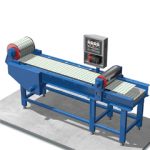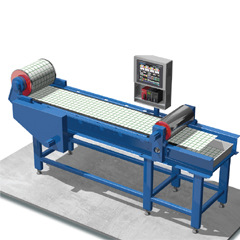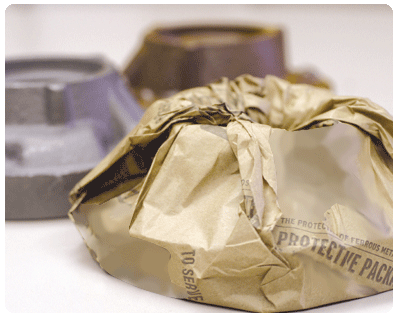Mitsubishi Electric Corporation (TOKYO: 6503)’s is a well-known global leader in the manufacture, marketing and sales of electrical & electronic equipment. One such equipment is Rotary Knife.
The Rotary Knife comprises of 2 axes of servo for continuously performing a cut, labeling procedure, or stamping process. The servo axis 1 arranges itself to move at the similar speed as a feed axis 2 that forces a material to be cut, stamped or labeled.
The servo axis 1 or slave axis moves in accordance to the feedback of the axis 2 driving the belt i.e. master axis so that it can match its movement with speed changes.
Which automation components are significant?
The LD77MS provides a simple solution rotary knife application. With elevated speed registration ability, auto-cam-generation and electronic pulse compensation function at the time of non-cut regions, the LD77MS can precisely act to input pulses from an external encoder or a servo master axis.
Application
In a general rotary knife application, the servo motor moves continuously. If the distance between the cuts is small i.e. smaller than the circumference of the cutter; the motor speed during the non-cut compensation region is quicker than the conveyor speed and conversely.
In this, the cut length, label or stamp location may alter and it is quite possible that the feed material may slip, stretch, or bind up, making the operation’s preciseness to change. The addition of a mark sensor prior to the servo axis can help to compensate for these fluctuations.
[bestwebsoft_contact_form]






